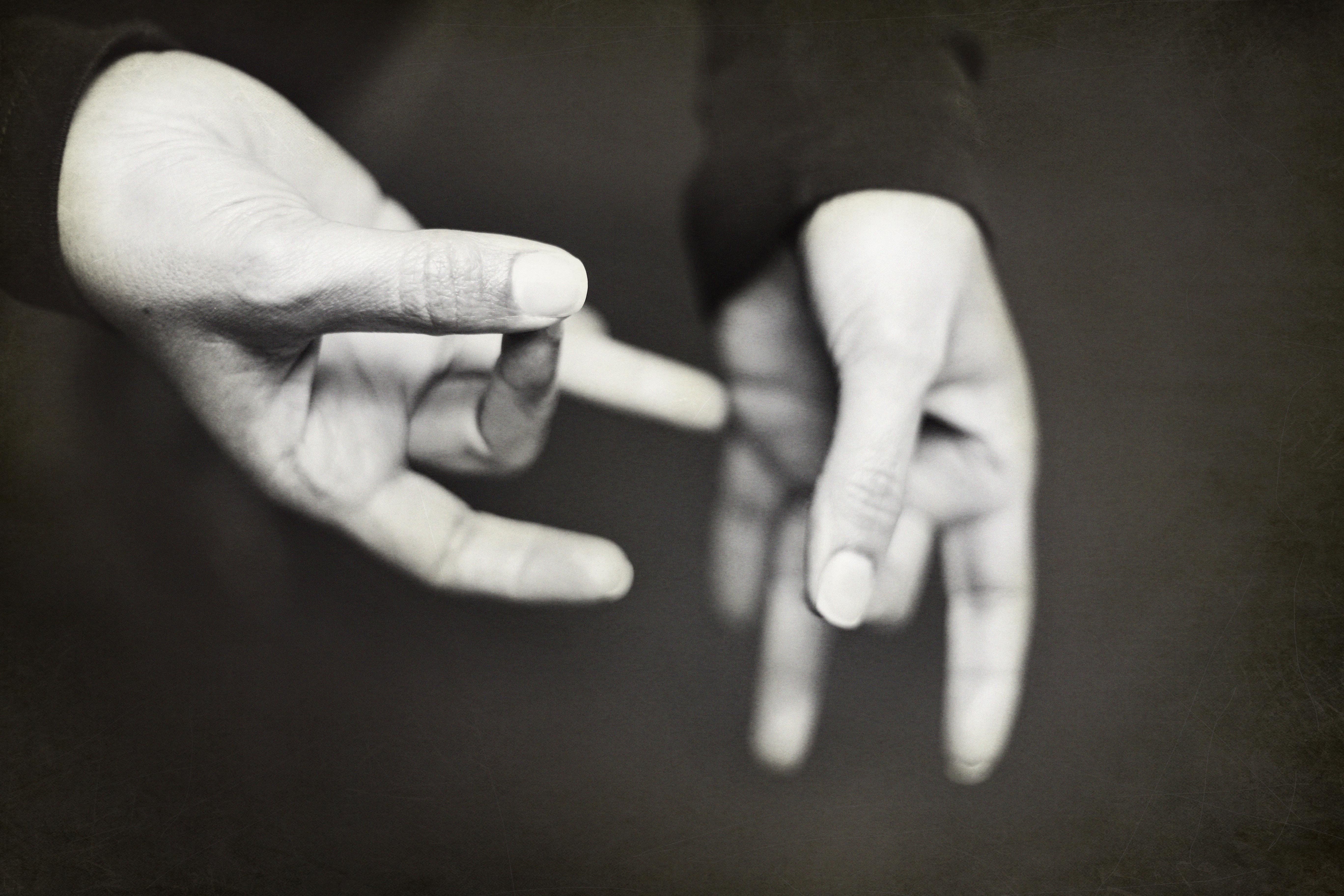
By Katherynn Ramirez
American Sign Language (ASL) is becoming something we see every day. Maybe you’ve seen it at the store, possibly the library, and most likely schools. This language should be taught throughout the entire district, state, and country more often. Most schools including Batavia only offer Spanish, Latin, French, and sometimes German. There should be more language courses available to students including ASL, as it is a common but undervalued language that we, as a country, need to see more of.
No one has exact numbers but according to the Illinois government, about 12,831,000 people who live in Illinois have some sort of deafness or serious difficulty hearing. Overall, one in eight people in the United States twelve years or older has hearing loss in both ears. If our schools were to offer this course, students would have the ability to conversate with more people. We all want other students to have the ability to speak to those who are different from them as well as encounter new experiences, be given more opportunities in their futures, and learn more about the deaf community.
A google form was sent out asking anyone who attends a high school in the state of Illinois if there were to be an ASL course or program in their school if they would like to participate. 76 people responded from all over the state and 51 out of those 73 (67.1 percent) said yes, while 16 people (21.1 percent) said no and nine (11.8 percent) said maybe. Out of those 76, 33 were from the Batavia area. 27 said yes, 4 said no, and 2 said maybe.
ASL is also another form of language that can be taken for those who struggle with languages such as Spanish and French. At most high schools, it is required that at least one foreign language credit be taken. Students having extreme troubles in these courses clearly don’t want to leave the class as it will cost them a credit. Sign language can be a great alternative. It is an interesting and equally useful second language.
Amy Kurth, a speech pathologist at Deer Path Middle School in Lake Forest, Ill., said that sign language does not only help the deaf or those with severe difficulty hearing.
“As a speech pathologist, I have seen the advantage of utilizing and teaching ASL across many populations beyond the deaf and hard of hearing,” she said. “Students with mild to severe stuttering can benefit from ASL as an alternative world language because it minimizes time pressure, reduces the verbal demands of other foreign languages offered in today’s schools, builds vocabulary, and enhances social interaction for students.”
ASL is the fourth most used language in our country behind English, Spanish, and Chinese (Mandarin and Cantonese).. How is it that most students don’t get the opportunity to experience it as a foreign language if it is so common? A few schools in the state of Illinois which include Glenbrook North and Glenbrook South offer ASL as a language credit.
“I feel that the most important thing is the exposure, and to [allow students to] see something from a different perspective,” said Rosemarie Carsello, an ALS teacher at Glenbrook South.
“Why don’t they simply apply it to the schools?” Many think it’s simply a matter of just talking about it, finding someone to teach the course, and it’s done. Well, unfortunately, it is not that simple. According to the World Language Department Chair at the Lake Forest district Rachel Abel, there actually is a reason behind why all schools don’t offer the course.
“The district has committed to reviewing all course offerings to ensure that they meet our mission and vision, rather than continuing to add courses we must ensure that current courses provide all students access to a guaranteed and viable curriculum,” Abel said. Others have additional reasoning for why they believe this course isn’t available throughout the entire state. Some believe that the demand simply isn’t high enough.
The language is deeply traced in the deaf culture and studying it promotes better awareness of the deaf and hard-of-hearing community. Learning simple greetings and basic signs will make deaf people feel more connected to the world. It may even give some people a different perspective on our country. The culture doesn’t just include hand signs but also facial expressions, history, and traditions.